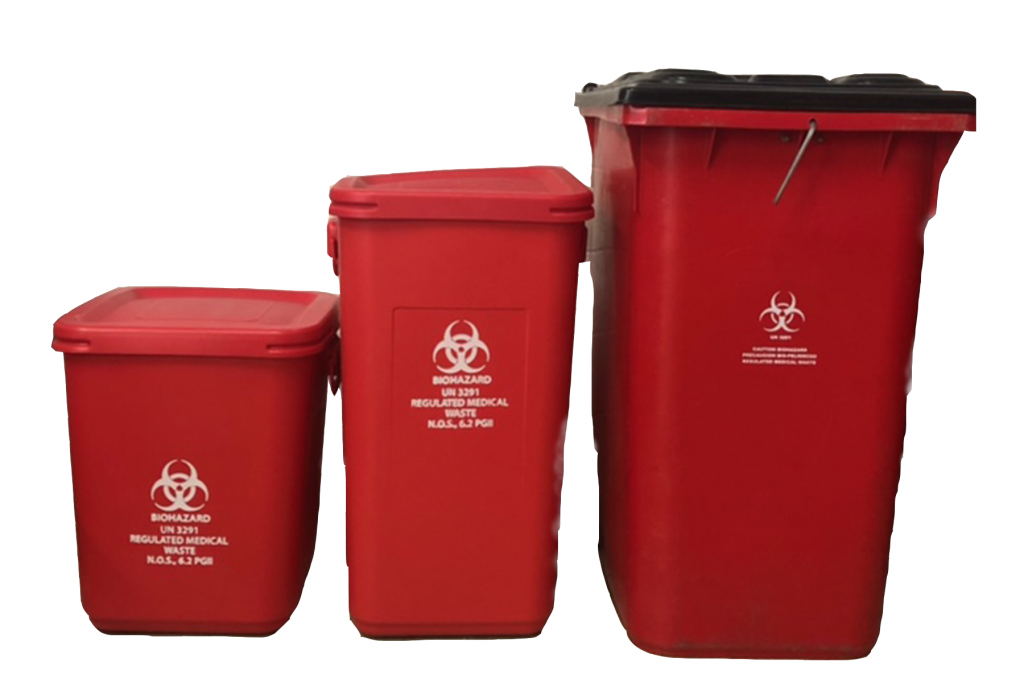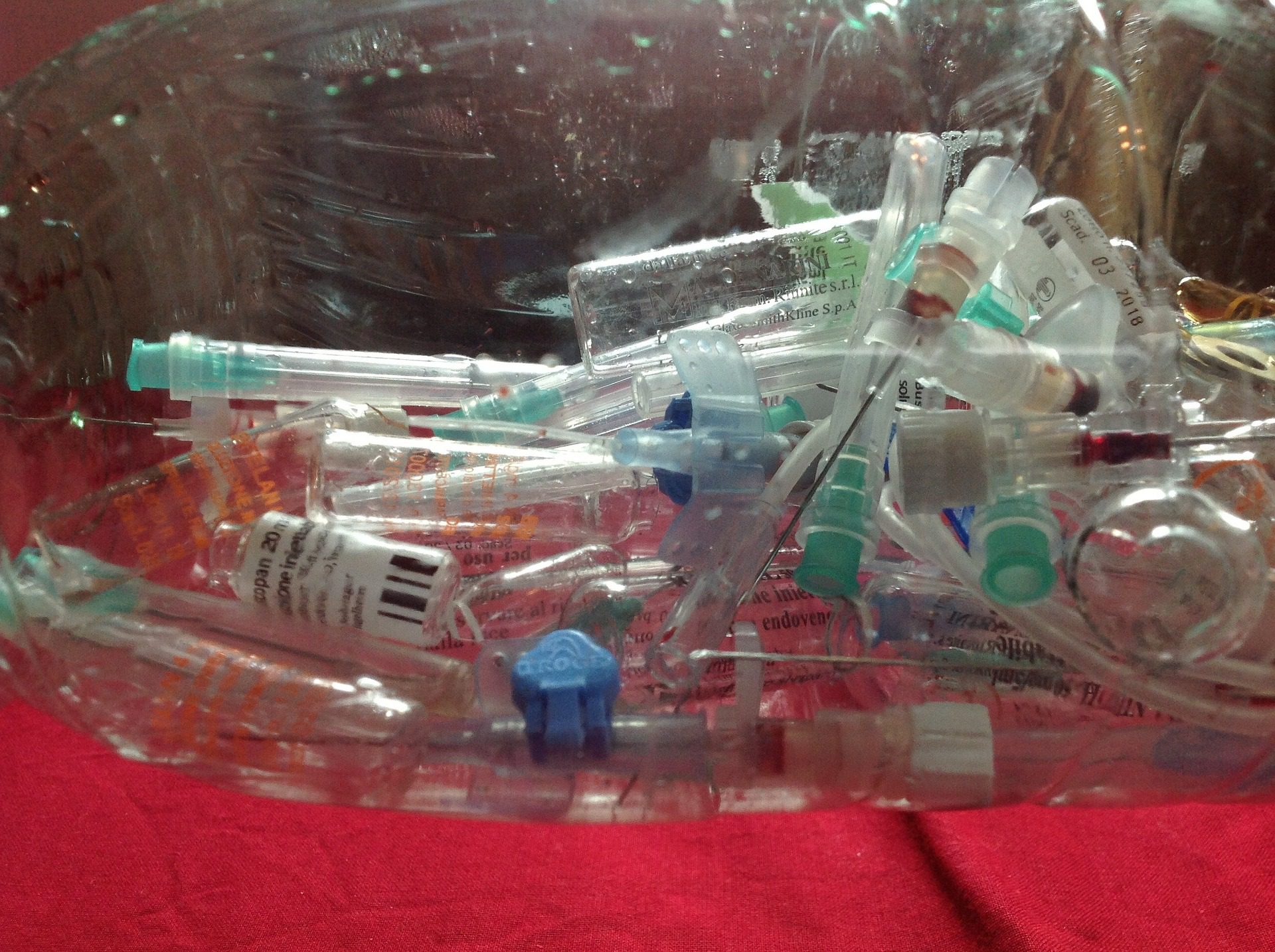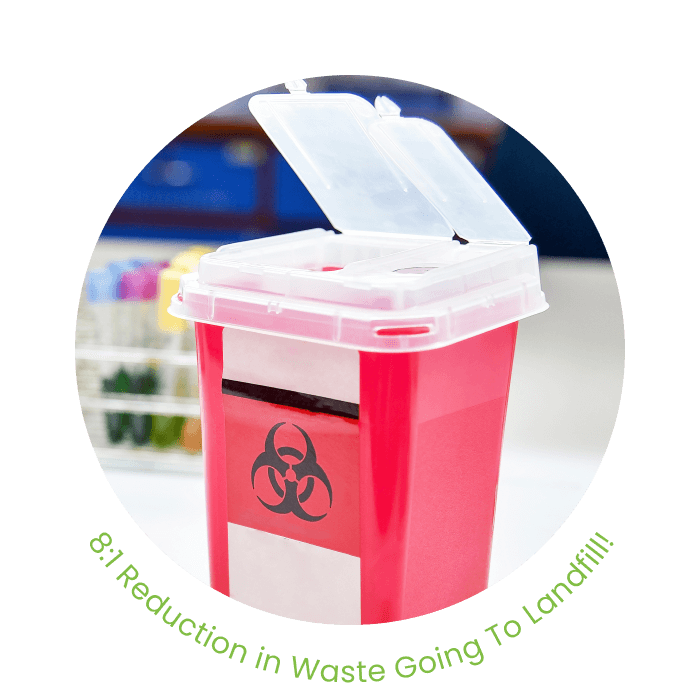Your Relied On Partner: Medical Waste Removal Services Tailored to Your Requirements
Wiki Article
Stay Ahead of Regulations: Professional Suggestions on Medical Waste Disposal
In a world where the health care sector is constantly developing, it is essential for medical facilities to remain in advance of regulations when it concerns the appropriate disposal of medical waste. With rigorous standards and frequent regulative modifications, it can be testing to navigate the intricacies of this procedure. Nonetheless, with expert guidance, facilities can make sure conformity and alleviate dangers connected with inappropriate waste disposal. From understanding the various groups of medical waste to carrying out the ideal collection and segregation techniques, this discussion will supply workable pointers and valuable understandings to assist facilities remain in advance of laws in the ever-changing landscape of medical garbage disposal.Recognizing Clinical Waste Categories
Recognizing clinical waste classifications is vital for proper disposal and monitoring in medical care centers. Medical waste refers to any kind of waste produced by medical care activities that might position a hazard to public health and wellness or the setting. It is important to categorize clinical waste accurately to ensure its secure handling, treatment, transport, and disposal.There are a number of classifications of medical waste that health care facilities need to be knowledgeable about. One of the most common categories include contagious waste, pathological waste, sharps waste, pharmaceutical waste, and chemical waste. Each classification has details guidelines and policies for its correct administration and disposal.
Pathological waste refers to human tissues, organs, or body parts that need special handling and disposal. Pharmaceutical waste comprises expired, unused, or contaminated drugs that require mindful handling and disposal.
Remaining Up-To-Date With Regulatory Modifications
Remaining present with regulative changes is vital for health care facilities to make certain conformity and appropriate management of medical garbage disposal. medical waste removal. With regulations constantly advancing, it is crucial for medical care facilities to stay up-to-date to stay clear of charges, fines, and potential injury to the atmosphere and public health and wellnessTo stay in advance of regulative changes, medical care centers must establish a system for monitoring and monitoring updates. This can be done by signing up for regulatory newsletters, attending meetings and workshops, and proactively joining market associations. Additionally, centers ought to designate an employee or team in charge of staying informed and distributing information to appropriate stakeholders.
Regular interaction with regulatory firms is also essential. Healthcare centers should develop relationships with regional, state, and government agencies to guarantee they understand any type of adjustments in policies that might affect their waste monitoring practices. This can be done via regular meetings, participation in public remark periods, and positive involvement with regulatory companies.
In addition, health care facilities must consider partnering with waste administration companies that concentrate on medical garbage disposal (medical waste disposal services with WasteX). These firms are often skilled in the most recent policies and can give advice and assistance to make sure compliance
Carrying Out Correct Collection and Segregation Methods
To successfully handle clinical garbage disposal, medical care centers must establish correct collection and segregation techniques based on governing guidelines. Executing these techniques makes sure the secure handling and disposal of possibly unsafe products, shields the environment, and minimizes the risk of infections and injuries to health care employees and the general public.
Correct collection and partition approaches entail making use of assigned containers and labeling systems. Healthcare facilities should provide plainly classified containers for various kinds of clinical waste, such as sharps, Visit This Link contagious waste, pharmaceutical waste, and non-hazardous waste. These containers ought to be color-coded and clearly significant to stay clear of confusion and advertise simple identification.
Additionally, healthcare centers need to train their staff on the correct procedures for accumulating and setting apart medical waste. This consists of informing them on the various sorts of waste, the proper containers to utilize, and the significance of following standards and guidelines. Routine training sessions and refresher training courses ought to be performed to guarantee that personnel continue to be current on ideal methods.
Additionally, medical care facilities must establish a system for medical waste disposal services with WasteX normal collection and disposal of clinical waste. This might include partnering with certified waste monitoring business that specialize in medical garbage disposal. These firms will ensure that the gathered waste is carried and dealt with in conformity with regulatory needs.
Choosing the Right Disposal Techniques

Incineration is just one of one of the most reliable and common methods for throwing away particular sorts of medical waste, such as pathological waste and sharps. It involves the controlled combustion of waste at high temperatures, minimizing it to ash. Incineration can launch dangerous toxins into the air and add to air pollution.

Other disposal approaches include chemical therapy, microwave treatment, and landfilling. Chemical therapy includes using chemicals to neutralize the waste and decontaminate. Microwave therapy utilizes microwave power to warm and disinfect the waste. Landfilling involves hiding the waste in an assigned land fill area (medical waste disposal services with WasteX). Landfilling should be the last resort due to the prospective danger of contamination to dirt and groundwater.
Guaranteeing Compliance With Documents and Training
After meticulously considering the appropriate disposal methods for medical waste, healthcare facilities must guarantee compliance with policies and reduce environmental impact by executing reliable documents and training treatments. This action is critical in keeping a sustainable and safe environment for both medical care employees and the public.
Healthcare workers who take care of medical waste should receive suitable training on waste segregation, dealing with, and disposal procedures. By providing extensive training, health care facilities can equip their staff to make informed decisions and minimize the danger of incorrect waste disposal.
Final Thought
Finally, staying ahead of laws in medical waste disposal is crucial for healthcare centers. medical waste removal services. Understanding the various groups of medical waste, staying upgraded with governing adjustments, applying correct collection and partition techniques, choosing the appropriate disposal approaches, and making certain conformity with paperwork and training my company are all vital steps. By adhering to these standards, healthcare companies can successfully get rid of and handle of clinical waste in a accountable and risk-free wayFrom understanding the various categories of clinical waste to executing the right collection and partition methods, this conversation will provide workable suggestions and valuable understandings to help centers remain ahead of laws in the ever-changing landscape of medical waste disposal. - medical waste disposal services with WasteX
The most typical groups consist of infectious waste, pathological waste, sharps waste, pharmaceutical waste, and chemical waste. Healthcare facilities ought to supply clearly identified containers for various kinds of clinical waste, such as sharps, contagious waste, pharmaceutical waste, and non-hazardous waste. Health care centers need to establish a detailed system to record and track all elements of medical waste disposal, including kinds of waste created, quantities, and disposal techniques utilized. Healthcare workers who handle clinical waste must obtain appropriate training on waste partition, handling, and disposal procedures.
Report this wiki page